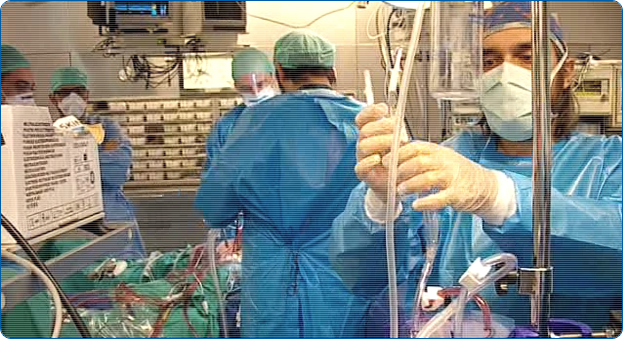Applications
TEM-A is an instrument measuring the mechanical activity of a coagulating material : whatever material is pipetted into the cup, the pin will release the data regarding its clotting behaviour over time. This technology is also used for instance to determine the coagulation capability of milk, as it affects the quality of parmesan cheese. Therefore it will measure the clotting behaviour of the blood sample, whatever treatment was done to it, and it will reflect the change of every single factor influencing the coagulation process.
Applications of thromboelastography with TEM-A include any situation of potential or existing acute coagulation imbalance due to surgical, pharmacological or endogenous reasons.
Liver transplant surgery, cardiosurgery and haemodynamic interventions, main vascular surgery (such as on the aorta), main orthopaedic surgery, obstetrics and delivery, pediatric surgery and neurosurgery, cardiology, sepsis, massive transfusions, all these situations witness frequently, some more often, some less, a coagulation system that is about to be, or has been, altered by a procedure, by the administration of pharmacological products, by endogenous reaction to unusual uncontrolled natural events.
Although thromboelastography is not a cheap analysis, there is plenty of literature that indicates that it contributes to saving blood and blood derivates by providing parameters that allow the fine tuning of therapies to the specific problem, rather than using wide spectrum preventive transfusions. It also distinguishes surgical bleeding from non surgical bleeding, oftentimes saving the cost of repeated surgeries.

